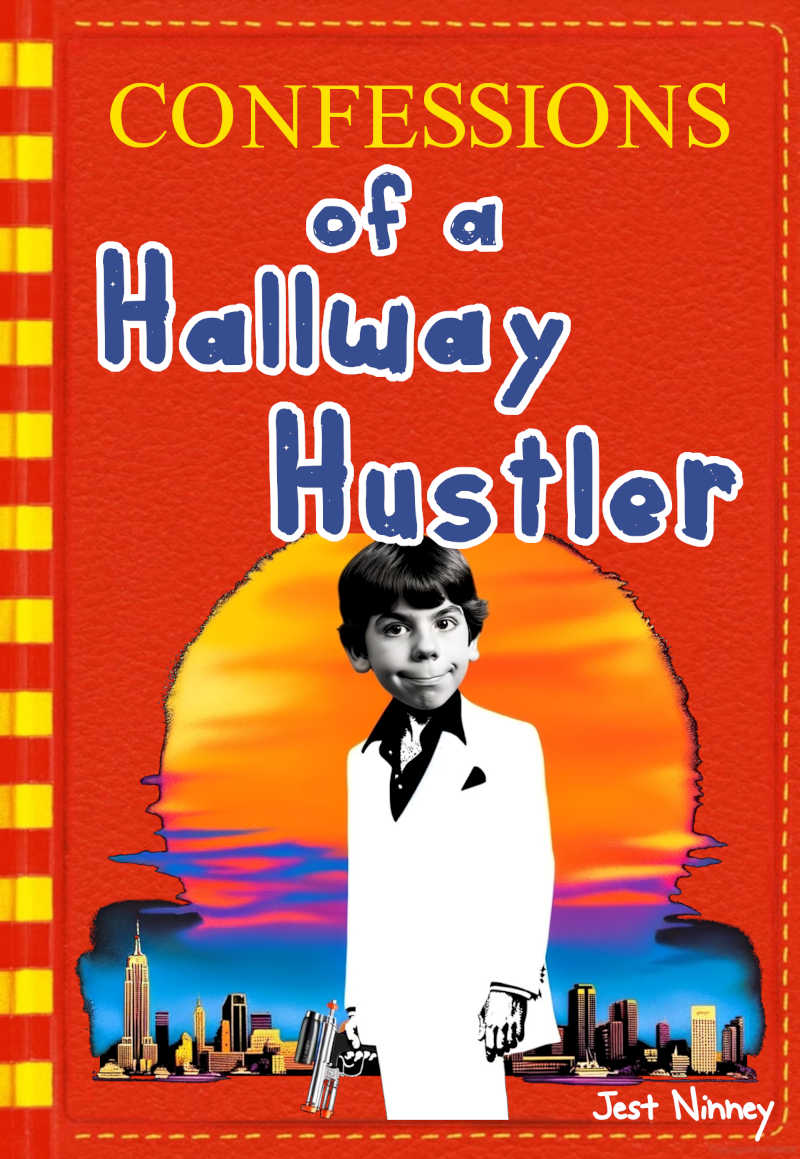Introduction
Copyright law in the United States serves as a legal framework designed to protect the intellectual property rights of creators. It grants authors, artists, and other creators exclusive rights to their original works, allowing them to control how these works are used and distributed.
However, the law also includes provisions for “fair use,” which permits limited use of copyrighted material without permission from the owner. One of the most intriguing aspects of fair use is its application to parody.
This article aims to explore the form and purpose of copyright law in the U.S., how parody can be considered fair use, and summarize two notable court cases that dealt with parody and fair use.
The Form and Purpose of Copyright Law in the U.S.
What is Copyright?
Copyright is a form of intellectual property law that protects original works of authorship, including literary, dramatic, musical, and certain other intellectual works. This protection is available both for published and unpublished works.
Purpose of Copyright Law
The primary purpose of copyright law is to encourage the creation of art and culture by rewarding authors and artists with a set of exclusive rights. These rights include:
- The right to reproduce the work
- The right to prepare derivative works based on the original
- The right to distribute copies to the public
- The right to perform the work publicly
- The right to display the work publicly
By granting these rights, the law aims to provide economic incentives for creators to produce new works and contribute to the public domain.
Fair Use and Its Application to Parody
What is Fair Use?
Fair use is a legal doctrine that allows limited use of copyrighted material without requiring permission from the rights holders. It provides for the legal, non-licensed citation or incorporation of copyrighted material under certain conditions.
Factors Considered in Fair Use
The law outlines four factors to be considered in determining whether a particular use is a fair use:
- The purpose and character of the use, including whether such use is of a commercial nature or is for nonprofit educational purposes
- The nature of the copyrighted work
- The amount and substantiality of the portion used in relation to the copyrighted work as a whole
- The effect of the use upon the potential market for or value of the copyrighted work
Parody as Fair Use
Parody involves the imitation of a work to mock or critique it and often falls under the category of fair use. A successful claim of fair use for parody hinges on whether the parody fulfills the transformative purpose, meaning it adds new expression or meaning to the original work. Additionally, the parody must not serve as a market substitute for the original work.
Notable Court Cases
Case 1: Campbell v. Acuff-Rose Music, Inc. (1994)
Summary
This case involved the rap group 2 Live Crew creating a parody of the song “Oh, Pretty Woman” by Roy Orbison. The Supreme Court ruled in favor of 2 Live Crew, stating that their version was a parody and thus constituted fair use.
Why It Was Considered Fair Use
The Court found that the parody was transformative and added new meaning to the original work. It also noted that the commercial nature of the parody did not automatically make it unfair use. Importantly, the parody did not harm the market for the original song.
Case 2: Dr. Seuss Enterprises v. Penguin Books USA (1997)
Summary
This case involved a book called “The Cat NOT in the Hat!” which parodied Dr. Seuss’s “The Cat in the Hat” while discussing the O.J. Simpson trial. The court ruled against the parody claim.
Why It Failed to Prove Fair Use
The court found that the book was not a true parody of “The Cat in the Hat” because it did not critique or comment on the original work. Instead, it borrowed Dr. Seuss’s characters and style to tell a different story, thus serving as a market substitute for Dr. Seuss’s books.
Conclusion
Copyright law in the United States serves a dual purpose: protecting the rights of creators while also allowing for the limited use of copyrighted material for purposes like criticism, comment, and parody. Parody often falls under the category of fair use, but not all parodies are created equal in the eyes of the law. As seen in the cases of Campbell v. Acuff-Rose Music, Inc. and Dr. Seuss Enterprises v. Penguin Books USA, the key factors include the transformative nature of the work and its impact on the market value of the original. Understanding these nuances is crucial for both creators and consumers in navigating the complex landscape of copyright law and fair use.
Further study
- U.S. Copyright Office. “Copyright Basics.” Circular 1, Revised July 2020.
- Campbell v. Acuff-Rose Music, Inc., 510 U.S. 569 (1994).
- Dr. Seuss Enterprises v. Penguin Books USA, 109

